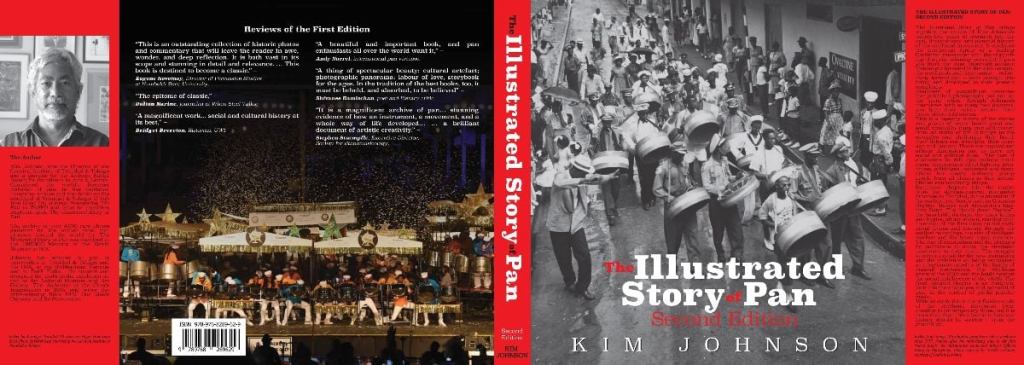Kim Johnson tells us in his book, The Illustrated Story of Pan: Second Edition that,
"Anthony 'Muffman' Williams is arguably the most important panman in history, because of his brilliance as an inventor, tuner, arranger and captain. He introduced the use of oil drums for the background pans, the cellos and bass, and then he put them on wheels so the heavy oil drums could be played on the road. He discovered harmonic tuning, in which more than one tone could be hammered into a note; and from that insight he created the now-standard 'fourths and fifths' arrangement of notes on the tenor pan. He was the first to experiment with oversized pans. As an arranger, Williams set a standard for how a band should sound, how the sections should be voiced in an ensemble, that is unsurpassed. His arrangements for the first two Panorama competitions created a template still followed. As a captain, his band was one of the most well-organised welfare-oriented, progressive ensembles."
High accolades never to be surpassed as a pioneer.
His passing this morning leaves a major gap in the ongoing conversation on and contestation around the idea of steelpan as more than accompaniment for revelry. Pan is more than the cliché sound of the Caribbean, it is more than an iconic image of tropical fun so popular in island tourism adverts from the middle of the 20th century coming forward. It is the soul of a people, of a nation. The pan's symbolism as national instrument, born not by official fiat, but by a transcription of an excerpt of a former Prime Minister's 1992 Independence Day speech, is not to be taken for granted here in T&T. Anthony Williams, and his pioneer posse — you know the names. Buy Kim's book if you don't! — began all this conversation of what is our gift to the world, our opportunity to be a trailblazer in a world leaving behind "small places with simple people" (yuh done know who write that Nobel phrase). His passing today still leaves a bitter taste in the mouths of those who know that the "traditional knowledge for making a steelpan and its role in the music and festivals of T&T" should be on UNESCO's List of Intangible Cultural Heritage, an action still remarkably left wanting all these years after our country's ratification of the Treaty governing these matters, in 2010, I believe. (Wake up, Mr. Minister!) His innovation of the circle of fifths on a pan was unwisely patented in the US by a fresh water Yankee in 2004 and successfully challenged by the T&T government and revoked by the U.S. Patent and Trademark Office.
Anthony Williams, unfortunately, lived in a time when the "audacity of creole imagination" was looked down on. His genius was not the conversation of industry. His genius never made him a millionaire. His genius was not the asset that our country would try to tap into for inspiration and profit. Today, as we reflect on his life and contribution, let us remember his significance in shaping a modern T&T by the unintended consequence of his innovation with an oil drum and the idea of music, and how we have made it part of our intangible cultural heritage. Rest in Peace Anthony 'Muffman' Williams.
©2021, Nigel A. Campbell. All Rights Reserved.



